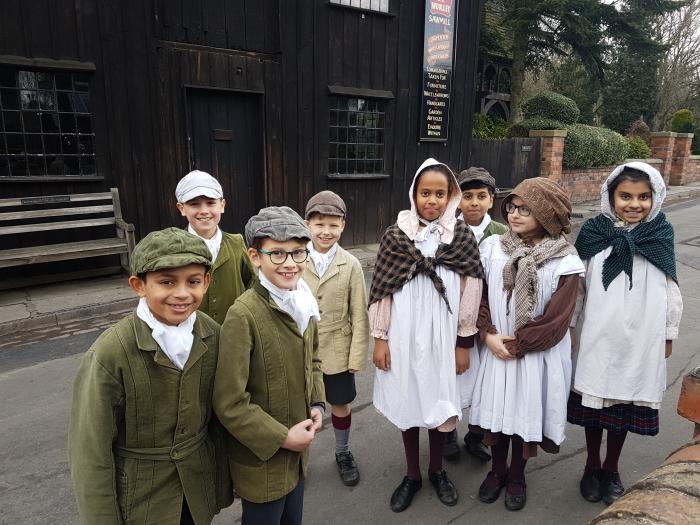
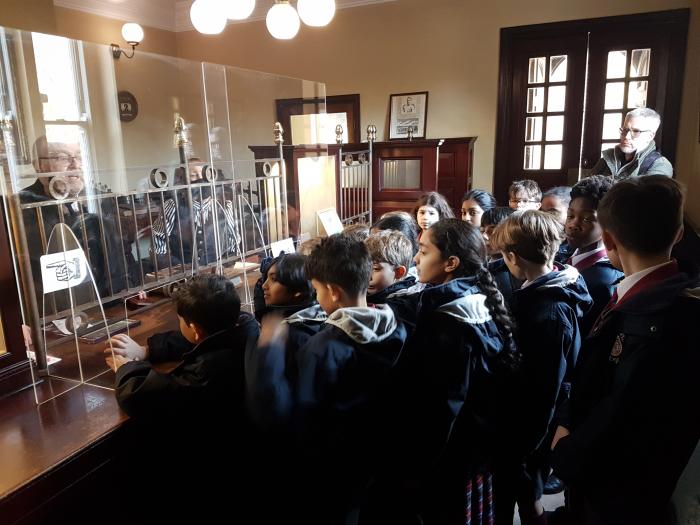
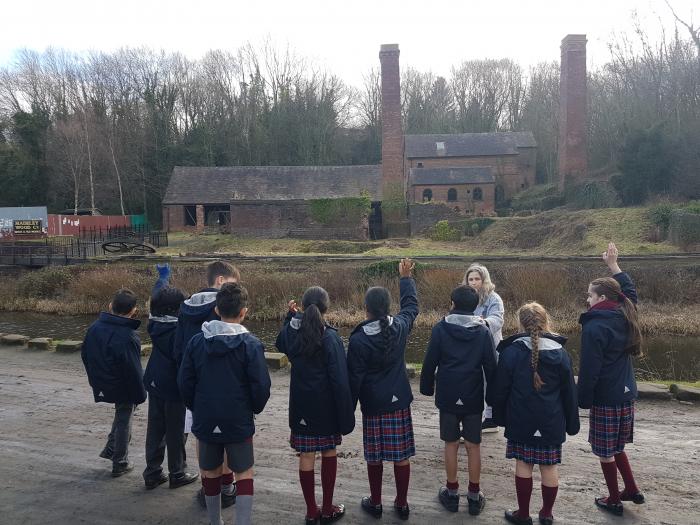
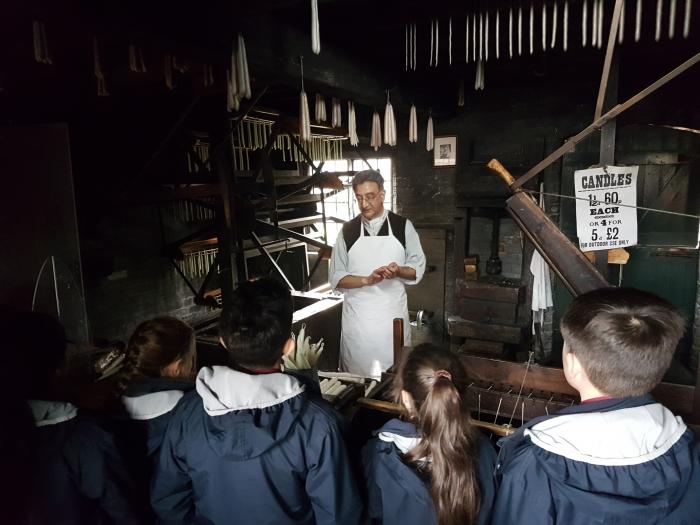
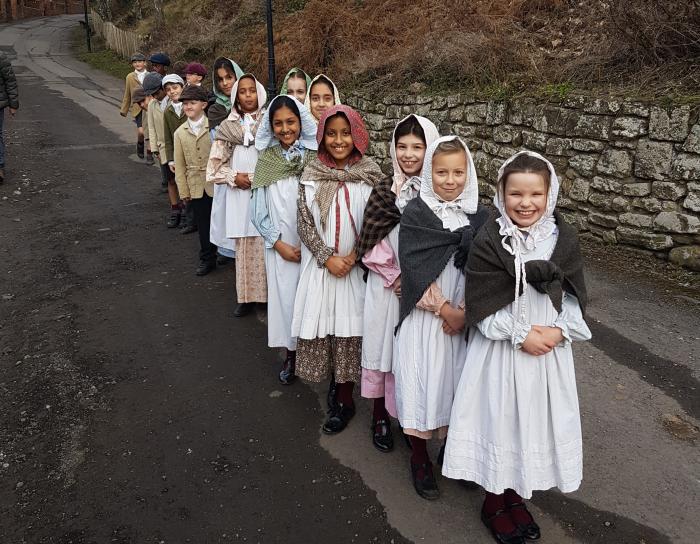
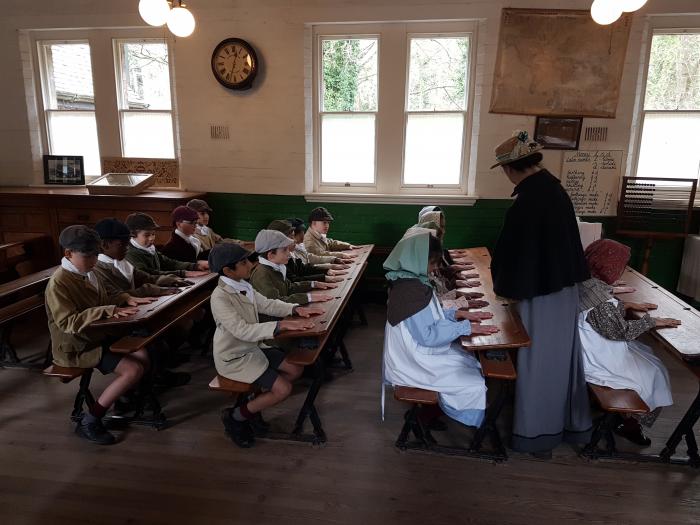
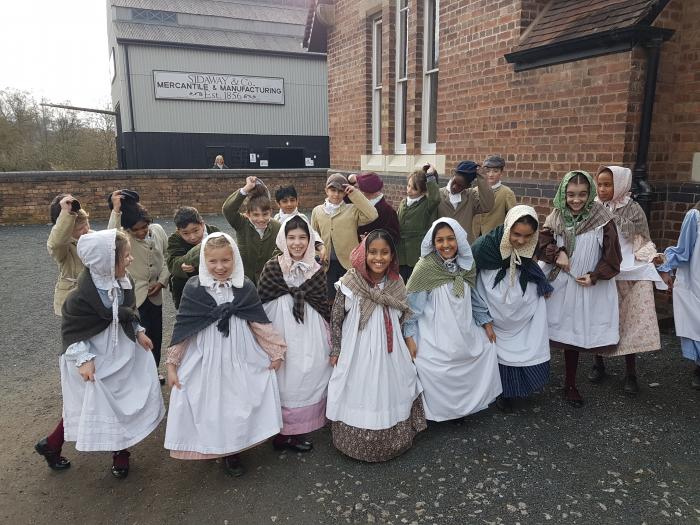
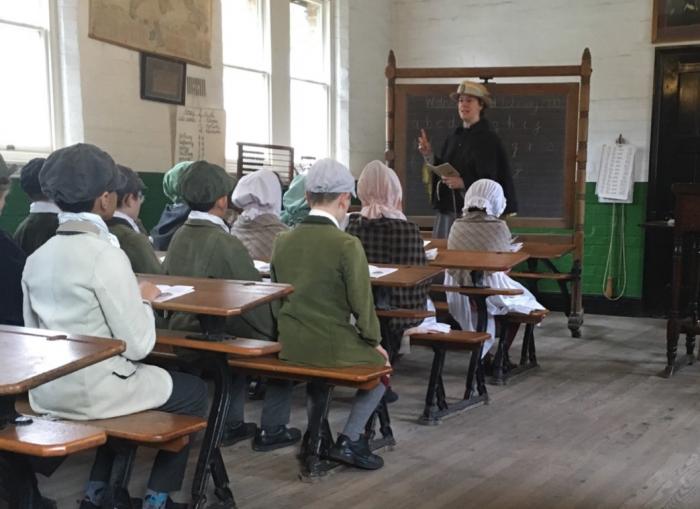
Learning Beyond the Classroom at Blists Hill Victorian Town
Born at a time when technological devices are getting smarter, and everything is connected, it can be hard for Generation Alpha children to appreciate what life was like with no cars, no TV and no phone. At Blist's Hill Victorian Town Form 5 experienced the sights, sounds and smells of a Victorian Shropshire town and two of our young reporters, Sania and Raina, reveal the highlights and curiosities they discovered of living in the Victorian period.
Reviewed by Young Reporter Raina (Form 5ML)
Our visit to Blists Hill was an amazing experience. It was fun and extremely enjoyable. As well as enjoying ourselves, the trip was also educational. It expanded our knowledge of the Victorian era.
Blists Hill was a Victorian town. We saw all sorts of different shops and stores and visited many of them. They included the chemists, the grocers, the post office, and the butchers.
When we went into the chemist, we saw how the Victorian chemists would have made pills and tablets. When they had made the tablets, they would be stuck together, so they would put them on a special machine and the chemist would use a rolling device to detach them.
In the grocers, we saw several types of food that they would have eaten in Victorian times. They even had a golden syrup dispenser. They also had scales which they would have used to measure out the loose tea. They would have put on an item which was the same weight as the tea a customer wanted, and put it on the scales. This would make sure the amount of tea sold was accurate. Some of the food available we still have today such as Colman's mustard and Heinz tomato soup.
At the candle makers we saw how they would dip the wax in animal fat which would make the workshop smell horrible. There was a rotating wheel which racks of candles would be hung from. To make a candle burn brighter they would tie two wicks together.
We took with us five pounds in spending money and when we went to the bank, we exchanged it for Victorian money. We could then spend that in the Victorian sweetshop and bakery. We bought sweets such as strawberry bon bons, lemon sherbets and sugar mice. At the bakery, we bought things such as shortbread, honey biscuits and fruit loaves.
Going to Blists Hill was an amazing opportunity to learn interesting things about Victorian life, but I am not sure that I would like to be a Victorian child!
Reviewed by Young Reporter Sania (Form 5ML)
As we head into the Victorian town we are met with a Victorian police man and everything looks exactly like a Victorian town already. We are guided to different shops that feature everything the Victorians had in their shops.
We next head into the bank where we exchanged our money to the currency used in Victorian times. Some examples of the Victorian money are : a Farthing, a Half penny and a shilling. We later use this money to buy things from the Victorian sweet shop and bakery.
The Victorian towns were not much different to our towns' today - they had post offices, grocers, butchers, clothing stores and more. Except their shops were a little bit different to ours. Instead of emailing people to send messages they sent telegrams using a special machine that you could send messages on, but they had to use codes for the words they sent.
After the town tour and headed to the Victorian school. But before that, there was just one little problem. We weren't dressed like proper Victorian children! The girls got changed into their dresses and the boys got changed into their blazers. As the girls walked down to school with their hands across their other hand and looking down with much buoyancy, the boys had their hands at their sides looking forward.
The strict Victorian teacher, whose name was Mrs Ma Callum, rings the bell to alert all the children that it is time for school. We all line up and Mrs Ma Callum tells everyone the rules of school: no laughing, no looking at anyone but Mrs Ma Callum and always look at the chalkboard.
First, we do reading and in unison we all say some of the rules of school that are in the reading book. Secondly, we all receive a slate, a piece of chalk and a cloth. We all write down the date and practice our A B C’s and writing some words down with these letters in. Next, we do mathematics and practice our eight times table. After that, we label a science diagram about an apple. We finish off our day by discussing why we need to know the parts of an apple.